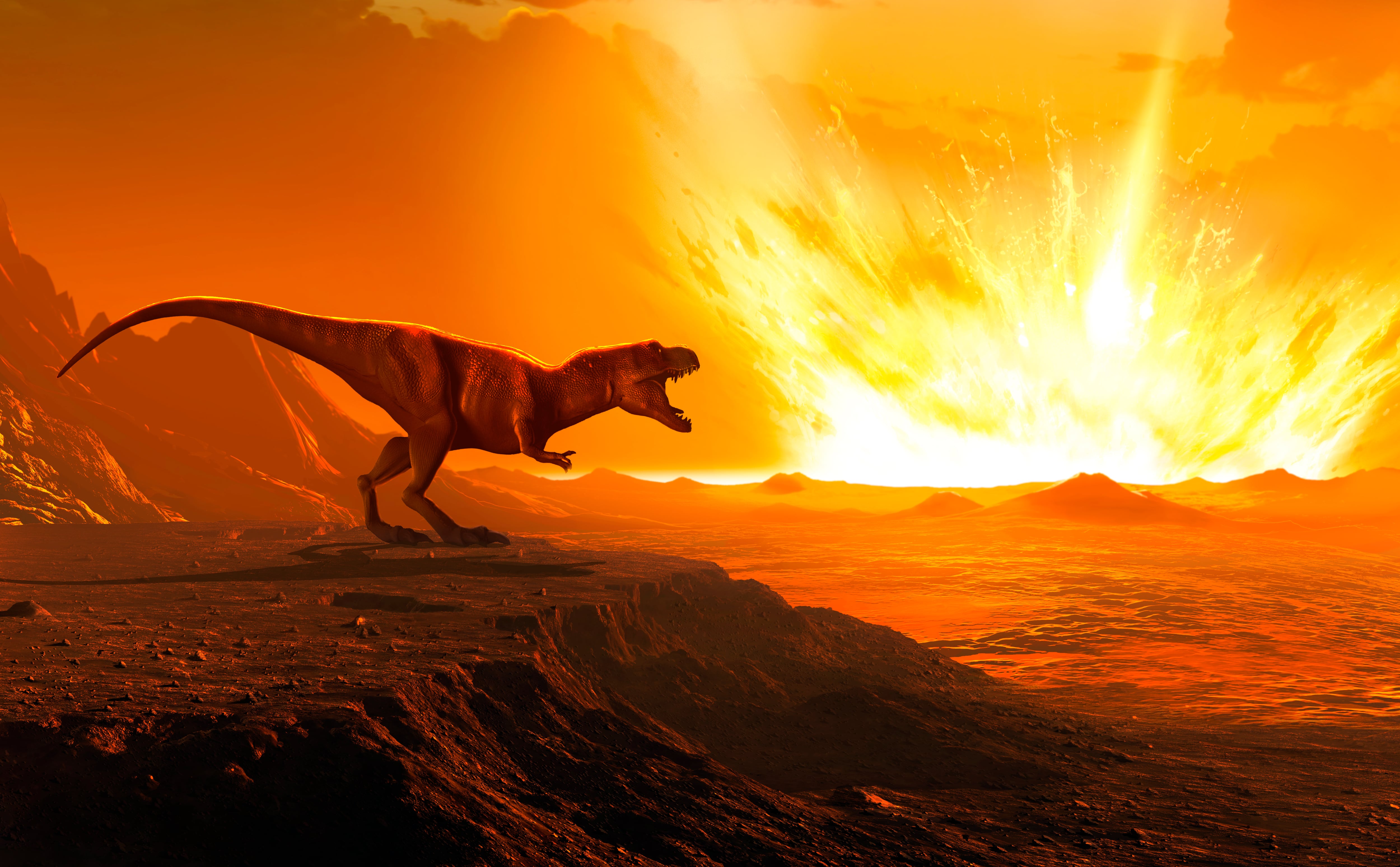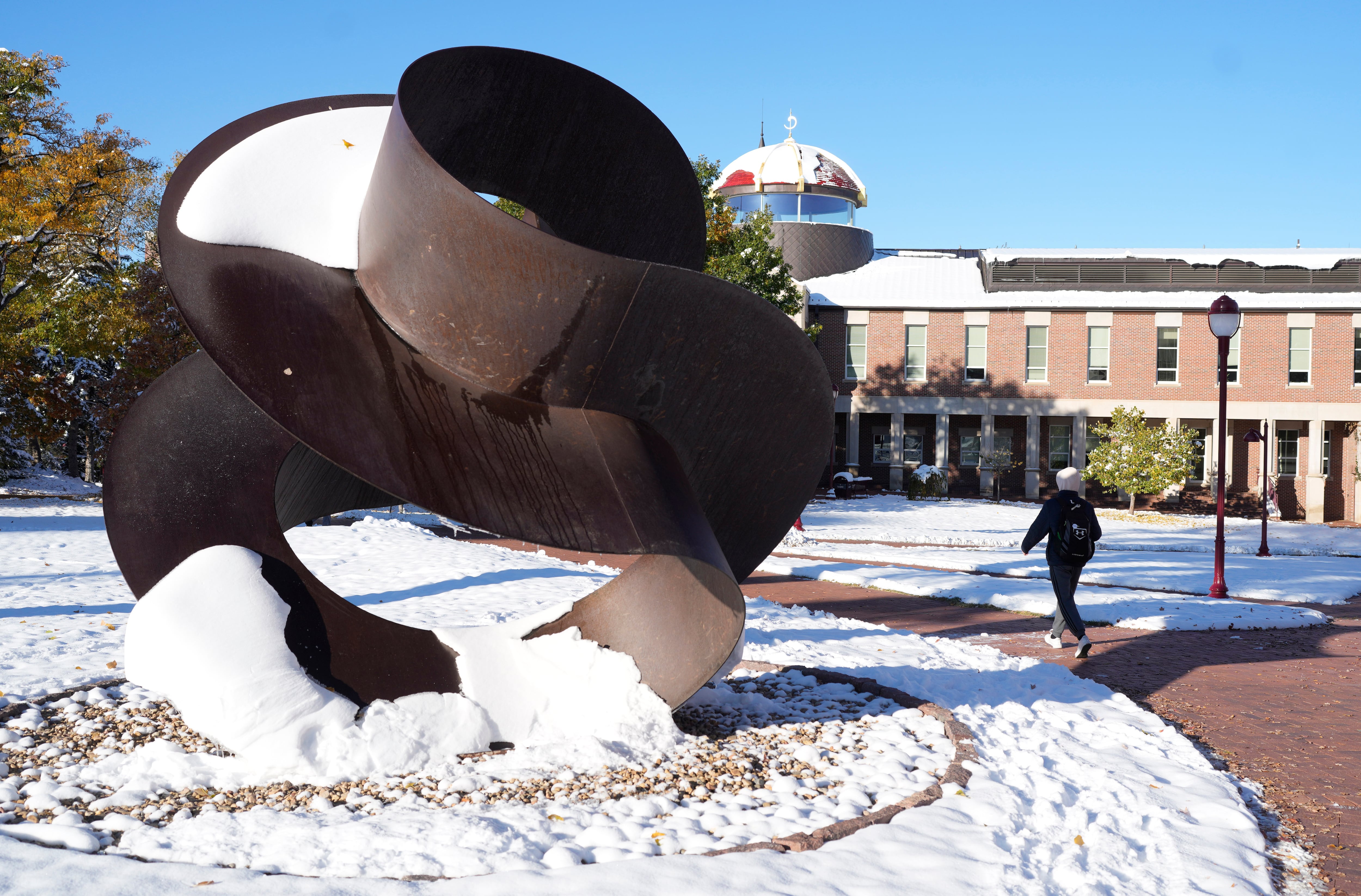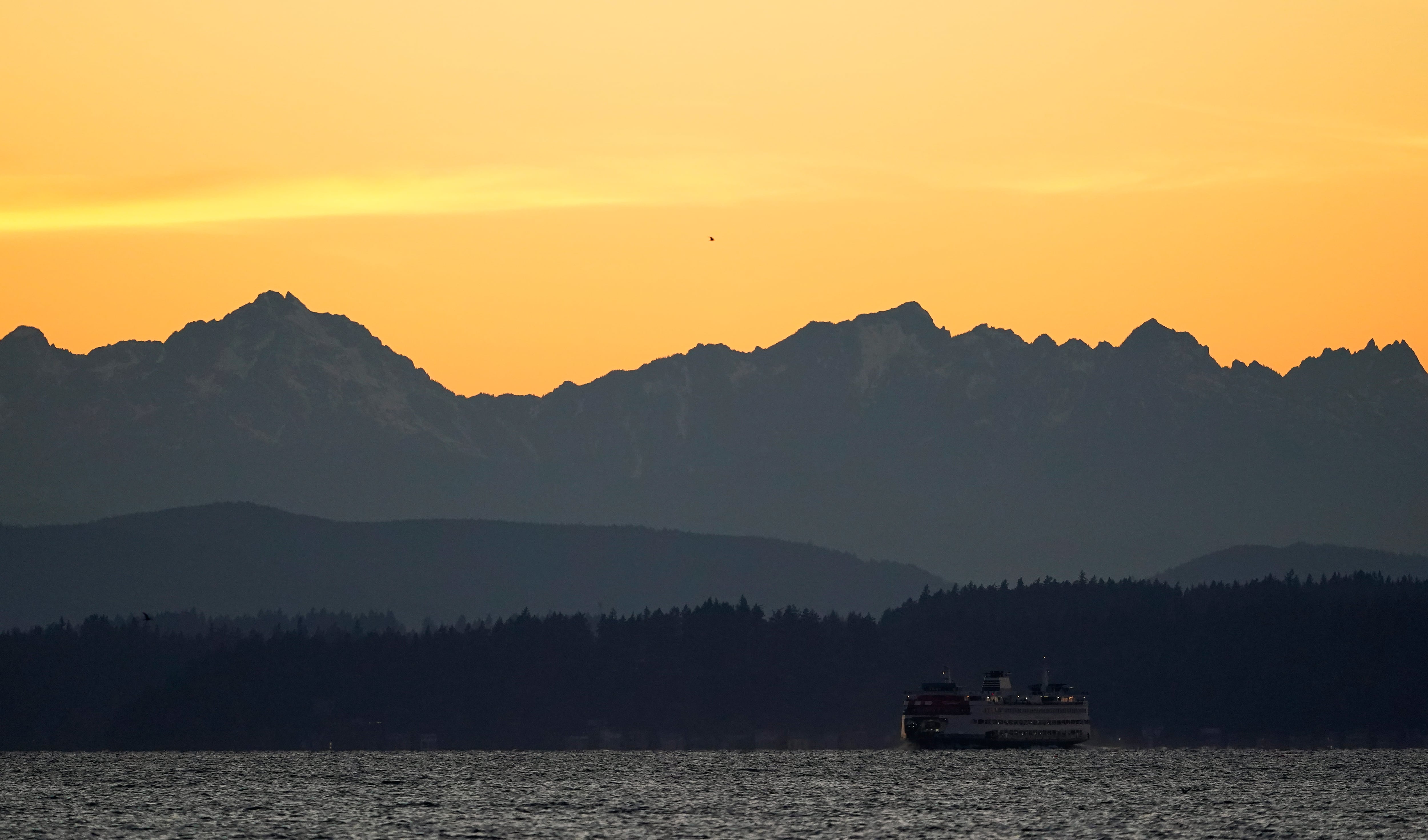By María Verza and Iván Valencia
First came the darkening skies, then the crescent-shaped shadows on the ground, and finally an eruption of cheers by crowds that gathered Saturday along the narrow path of a rare “ring of fire” eclipse of the sun.
It was a spectacular show for millions of people across the Americas as the moon moved into place and blocked out all but a brilliant circle of the sun's outer edge.
Hundreds of people filed into the planetarium in the Caribbean resort city of Cancún to watch the eclipse. Some peered through box projectors, while others looked through telescopes and special glasses.
Excited children whistled, as some adults raised their arms toward the sky as if to welcome the eclipse.
Vendors selling plants outside observed the dance between the moon and the sun in a more natural way — with the help of trees as the shifting sunlight filtered through the leaves, casting unique shadows on the sidewalk.
“There was silence and like a mist, as if it was dusk, but only a few minutes later the birds were singing again,” said Carmen Jardines, 56, one of the vendors.
Artemia Carreto, was telling passersby about her experience as a child in southern Mexico, when they were told to look instead at the river where it reflected beautifully on the sand beneath the water.
While she wasn't near a river this time, Carreto said she was carried away by the sensations induced by changing temperatures and a feeling of heaviness that she pegged to the rotation of the Earth.
For Pilar Cáceres, there was a sense of energy.
"It is something that nature brings us and that we must watch,” said the 77-year-old retired elementary school teacher who watched the eclipse by following its shadow through a piece of cardboard.
Ancient Maya astronomers who tracked the movements of the sun and moon with precision referred to eclipses as “broken sun.” They may have used dark volcanic glass to protect their eyes, said archeologist Arturo Montero of Tepeyac University in Mexico City.
Unlike a total solar eclipse, the moon doesn’t completely cover the sun during a ring of fire eclipse. When the moon lines up between Earth and the sun, it leaves a bright, blazing border.
The entire eclipse — from the moment the moon starts to obscure the sun until it’s back to normal — lasted 2 1/2 to three hours at any given spot. The ring of fire portion was from three to five minutes, depending on the location.
Saturday’s U.S. path: Oregon, Nevada, Utah, New Mexico and Texas in the U.S., with a sliver of California, Arizona and Colorado. Then: Mexico’s Yucatan Peninsula, Belize, Honduras, Nicaragua, Costa Rica, Panama, Colombia and Brazil. Much of the rest of the Western Hemisphere got a partial eclipse.
NASA and other groups livestreamed the event.
In the U.S., some eclipse watchers traveled to remote corners of the country to try to get the best view possible while those in Albuquerque got a double treat as the eclipse coincided with an international balloon fiesta that typically draws tens of thousands of spectators and hundreds of hot air balloon pilots from around the world.
There were hoots, hollers and yelps from the balloon launch field as the moon began to cover the sun. Some pilots used their propane burners to shoot flames upward in unison as the spectacle unfolded.
“It’s very exciting to be here and have the convergence of our love of flying with something very natural like an eclipse,” said Allan Hahn, a balloon pilot from Aurora, Colorado.
At Bryce Canyon National Park in Utah, enthusiasts hit the trails before sunrise to stake out their preferred spots among the red rock hoodoos.
With the ring of fire in full form, cheers echoed through the canyons of the park.
“I just think it’s one of those things that unites us all,” said John Edwards, a cancer drug developer who traveled alone across the country to watch the eclipse from Bryce Canyon.
Kirby James and Caroline McGuire from Toronto didn’t realize they would be in a prime spot when they planned their trip to southern Utah.
“Nothing that you can read could prepare you for how it feels,” said Kirby James, 63, a co-founder of a software company. “It’s the moment, especially when the ring of fire came on, you realized you were having a lifetime experience.”
For the small towns and cities along the path, there was a mix of excitement, worries about the weather and concerns they’d be overwhelmed by visitors flocking to see the annular solar eclipse.
In Eugene, Oregon, oohs and ahs combined with groans of disappointment as the eclipse was intermittently visible, the sun’s light poking through the cloud cover only at times.
In southern Colombia, the Tatacoa desert played host to astronomers helping a group of visually impaired people experience the perfect golden ring created by the moon and sun through raised maps and temperature changes.
Colombia Science Minister Yesenia Olaya said moments like this should inspire people to promote science among children, so they see it as “a life project.”
Juan Pablo Esguerra, 13, waited months to make the trip to the desert with his father to witness the eclipse.
“I like the astronomy because it’s a spectacular experience,” he said. “This is the best that I’ve seen in my life.”
In Mexico City, some children came dressed as astronauts as thousands of people gathered at the main esplanade of the National Autonomous University of Mexico, the country’s main public college. People shared special glasses, and the university set up telescopes.
Saturday's eclipse marked the first for Brazil since 1994. The country's national observatory broadcast the event online while thousands flocked to parks and beaches in the north and northeastern regions to soak in the phenomenon.
Next April, a total solar eclipse will crisscross the U.S. in the opposite direction. That one will begin in Mexico and go from Texas to New England before ending in Canada.
The next ring of fire eclipse is in October next year at the southernmost tip of South America. Antarctica gets one in 2026. It will be 2039 before another ring of fire is visible in the U.S., and Alaska will be the only state in its direct path.
Valencia reported from Tatacoa Desert, Colombia. AP reporters Mauricio Savarese in Sau Paulo, Brazil; Claire Rush in Eugene, Oregon; Patrick Whittle in Portland, Maine; Katie Oyan and Susan Montoya Bryan in Albuquerque, New Mexico; Brady McCombs in Garfield County, Utah; and Astrid Suarez in Bogota, Colombia contributed to this report.













